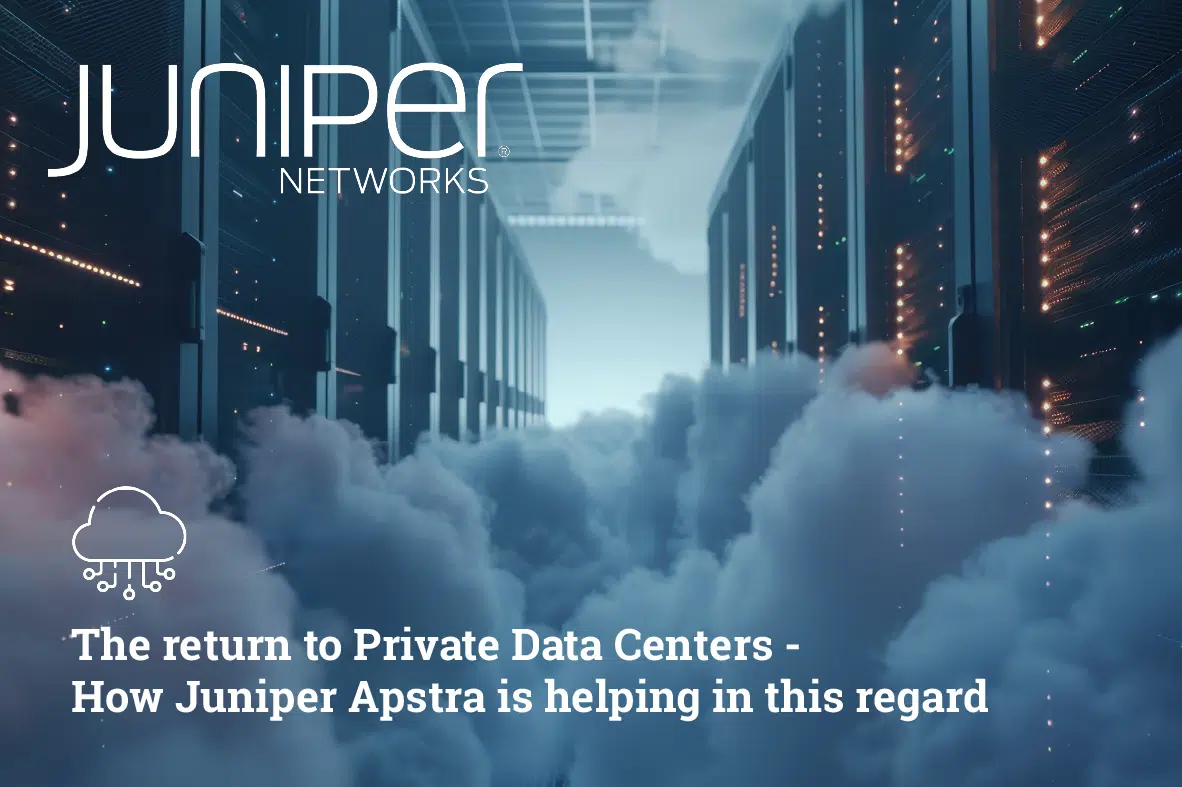
03 Oct The return to Private Data Centers – How Juniper Apstra is helping in this regard
In recent years, we have seen a remarkable trend: more and more organizations are moving their data and applications back from the cloud to private data centers. The main drivers for this are cost control, improved performance and regulatory compliance. In this article, we discuss how Juniper Apstra is helping organizations address data center management challenges by leveraging advanced technologies such as Intent-Based Networking and AIOps.
The return to private data centers: a strategic choice
The return of organizations to private data centers is a fact. A lot of organizations are considering moving back towards Private Data Centers or have already taken the step, coming from a Cloud Provider. There are several reasons for this, including cost considerations, performance requirements and compliancy. This obviously has a clear impact on how companies manage their network infrastructure in the data center.
Cost as main driver for data center repatriation
In 2021, 96 percent of organizations used the public cloud to support their business processes (business applications, websites, file storage, collaboration tools, video conferencing). But something changed in 2022, the number of companies using the cloud began to decline and some organizations are moving certain applications back to in-house data centers. The main driver for this, is cost. Many companies thought they would be cheaper with cloud, which was also the main reason for moving toward the cloud. The cloud as a solution, was also marketed that way.
Performance advantages of on-premise infrastructure
However, reality often proves otherwise, especially as usage increases and the cloud environment becomes more complex. Data exchange costs, fluctuations in pricing, and dependence on a single vendor can lead to unexpectedly high bills. Being an MSP, in such circumstances it may be interesting to move certain customers back to an in-house data center, or if the customer’s environment is large enough, provide its own dedicated environment.
Performance also sometimes plays a role, especially for applications that require low latency or high computing power. With the rise of AI, some organizations are also jumping on this bandwagon to use AI to make their data more insightful, or optimize their processes using AI. Some organizations find that their specific workloads perform better in an on-premises environment where they have full control over the hardware and network infrastructure.
Hybrid strategies: the best of both worlds
Finally, security and compliance are important factors. Compliance with data privacy regulations is sometimes easier to manage in a private data center environment, where the location of data and who has access to it can be better controlled. In addition, there are strict regulations within the EU, making it not always easy for some organizations to place their workloads with companies whose headquarters are not in the EU (Cloud Act).
Still, this trend does not mean that companies are turning their backs on the cloud entirely. Many are taking a hybrid approach, leveraging the benefits of both the cloud and private data centers. This hybrid strategy gives them the flexibility and scalability of the cloud, combined with the cost savings and performance of on-premise infrastructure. However, often private data centers, and particularly the management of the network infrastructure within those data centers, are viewed as complex. With today’s technologies and solutions on the market, this no longer has to be a showstopper, quite the contrary.
Juniper Apstra as a solution for data center management
To address this issue, we are pleased to briefly highlight Juniper Apstra in this blog post. Juniper Apstra is an essential solution for companies that want to manage the complexity of their data center in a simple way, regardless of whether they adopt a hybrid, on-premises or multi-cloud strategy. All the different challenges within the data center networking landscape are tackled in it.
What is Intent-based networking?
Intent-based networking (IBN) is an advanced approach to network management in which the network is configured and managed based on the intent or goals of the user or organization, rather than on individual configurations and manual settings. The goal of IBN is to make networking simpler by automating processes and ensuring that the network behaves consistently according to predefined policies.
Core concepts of Intent-based networking with focus on Juniper Apstra
Users state a high-level intent or goal. In effect, it separates the “what” from the “how.” Operators describe the desired state of the network.
Orchestration systems ensure the creation and maintenance of a network configuration that meets the stated goals
IBN systems continuously monitor the network to ensure that the current state meets the predetermined intentions. If discrepancies are detected, the system can make corrections automatically.
Juniper Apstra is one of the promintent platforms within the world of Intent-based networking. Apstra provides a detailed and automated system for managing data center networks. It allows network administrators to define intentions, then Apstra translates them into an optimized network configuration that meets all those intentions, and continuously checks that the network is performing according to those intentions.
With Apstra, one can not only design and implement networks using an intent-based approach, but also validate them on an ongoing basis to ensure that the network continues to consistently perform as initially intended. This not only simplifies management, but also increases network reliability and efficiency.
AIOps
One of the hot topics within the networking world is AIOps, or Artificial Intelligence for IT Operations. AIOps refers to the use of AI, Machine Learning and big-data analytics techniques to improve IT operations. This includes various things such as automating processes including monitoring, anomaly detection, troubleshooting and optimizing the overall performance of IT systems.
AIOps helps IT teams to proactively manage, prevent incidents and increase network infrastructure efficiency.
Consequently, one of the things that sets Juniper Apstra apart from other IBN systems is precisely the deep integration of AI throughout the system. Juniper Apstra integrates with Juniper Mist (Juniper’s cloud-based flagship which delivers a LAN and WLAN network management system that is fully AI-driven), making the power of Marvis now available to the data center.
Marvis is the AI assistant within the Juniper Mist platform, and was originally developed for managing and optimizing wireless networks. Now that Marvis is also available for data centers, the AI assistant can be used to further improve the operational efficiency of data center networks.
Marvis VNA for the data center is the only AI-Native virtual network assistant for data center operations. Because it works so closely with Juniper Apstra, it can provide proactive and descriptive data center actions and simplify knowledge-based queries using its conversational interface. Marvis’ proactive actions save time and money and increase network uptime by resolving issues faster.
Precisely by combining the power of AI and intent-based networking, Marvis VNA and Apstra create an unbeatable operational experience for data center networking teams. Together, they ensure that potential changes within the network are correctly responded to and any anomalies are proactively identified. In addition, network administrators have an easier way to understand the behavior of their network and get quick answers to common questions about deployment, configuration and issues.
The return to Private Data Centers – vendor lock-in
Private Data Centers often contain a mix of different solutions. Different solutions also often translate into different vendors.
Today, we often see vendors causing a so-called vendor lock-in, because their network management system is only able to manage products of the vendor itself. In a Datacenter, it is precisely so important that there is an easy way to manage network equipment across different vendors in the same way, so that there is a consistent configuration for all the different network components. When there is a migration to another vendor, this way it also makes it easy to translate the existing configuration to another solution.
In this, then, Juniper Apstra provides an answer, as Juniper Apstra supports multiple hardware vendors and protocols, giving organizations the freedom to choose the best technologies without worrying about compatibility or vendor lock-in. It can also help with any migration path from an existing solution toward Juniper.
Precisely because of the combination of Intent-Based Networking, AIOps and vendor independence, Juniper Apstra is the ideal solution for managing data center networks in a simple, consistent, proactive and forward-looking way. It therefore fits perfectly into the picture for organizations migrating back toward, or building out, their own Private Datacenter service.
How does Juniper Apstra work?
Apstra’s core components consist of blueprints, agents and the graph datastore
- Blueprints: A blueprint is a complete description of the network, including topology, policies and configurations. This forms the basis for managing and automating the network
- Agents: Apstra uses agents to communicate directly with network devices. These agents are responsible for performing configurations and collecting telemetry data
- Graph Datastore: Apstra uses a graph database to manage relationships between network components, which is critical for real-time visibility into network status
During the blueprint phase, both the physical and logical topology of the data center are blueprinted. This is where the various network elements (including switches, routers, etc.) and their interconnections are specified. This is also where intent is defined, such as network policies, any security rules, SLAs,… This is determined high-level without regard to specific configuration commands.
Apstra automatically executes the configuration to achieve the blueprint. The system continuously validates whether the current network state matches the defined intent and automatically corrects any discrepancies.
Apstra provides continuous monitoring and collects telemetry data to evaluate the health and state of the network. Based on this, automatic adjustments can be made or recommendations made for further optimization.
How are the switches managed?
Apstra manages switches using its vendor-independent approach, which means it works with switches from different vendors (such as Juniper, Cisco, Arista, Dell). Switches are managed through agents running on the switches, or through API integrations. This allows uniform configurations to be applied regardless of the specific hardware being used.
The platform can also be used to manage firmware updates, further reducing operational overhead.
Next Steps
This blog article was primarily an initial introduction within the world of Automation and Intent-Based Networking, and what Juniper Apstra can do with this technology in the Datacenter world.
As organizations reevaluate their cloud vision and in some cases move back toward Private Data Centers, it is the ideal time to get started with such technologies.
As a value-add distributor, Kappa Data can support this, both in evaluating the solution (through Juniper Cloud Labs), during the presales phase, or as a form of consultancy during projects.
In addition to managing the data center environment, there are many other issues involved, such as interconnectivity, SASE, Zero-Trust Network Access. Kappa Data also has a solution for these issues within the portfolio, so we can help build the ideal Private Data Center in this use case from start to finish.
Still have questions?
If you have any questions, do not hesitate to contact us at [email protected] or by phone at +32 9 243 42 10
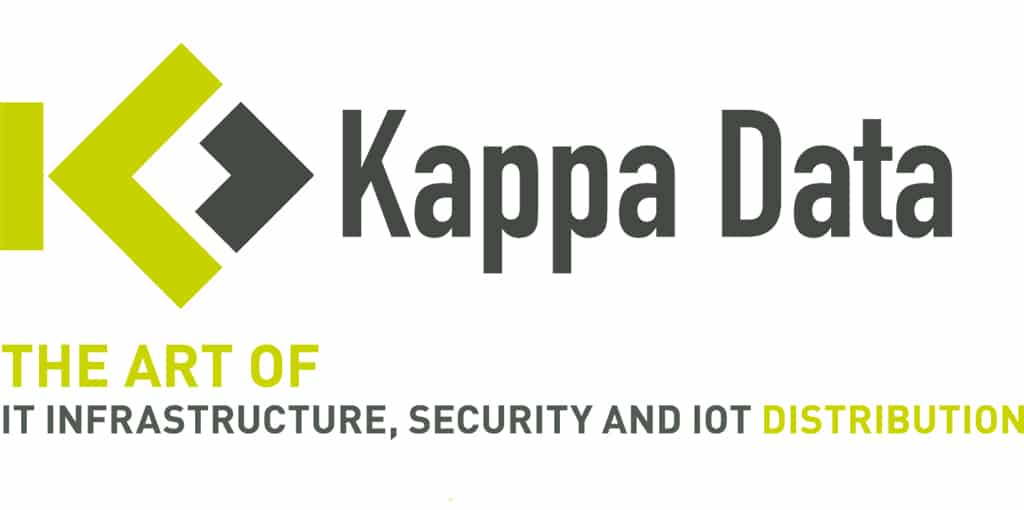
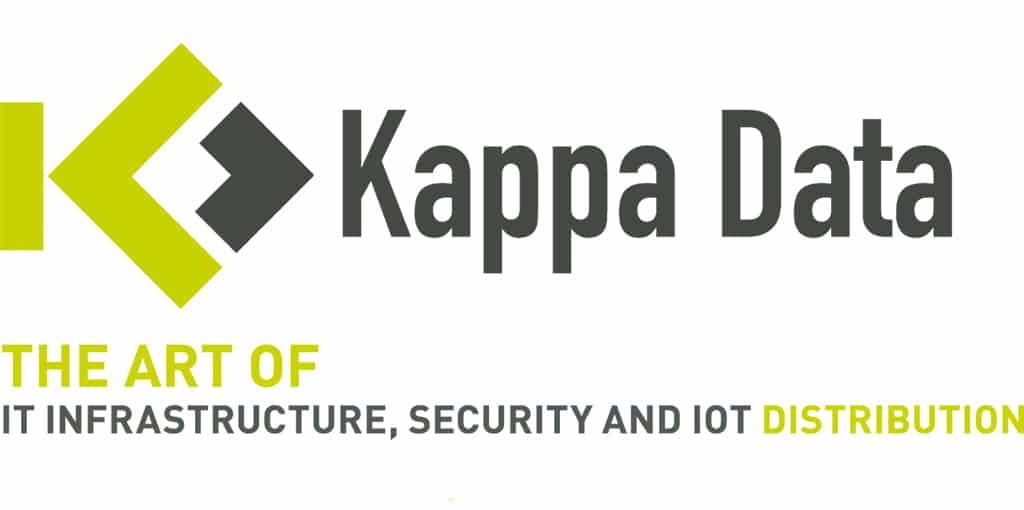

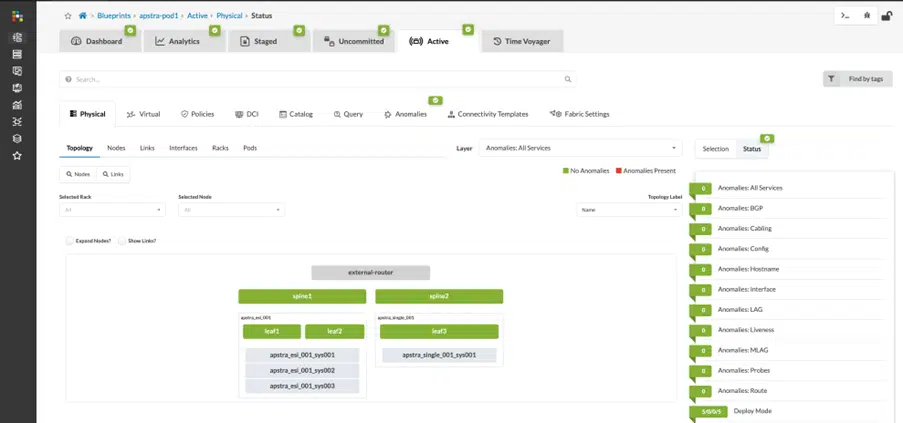
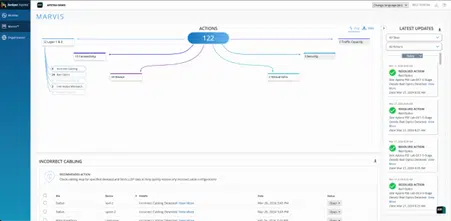
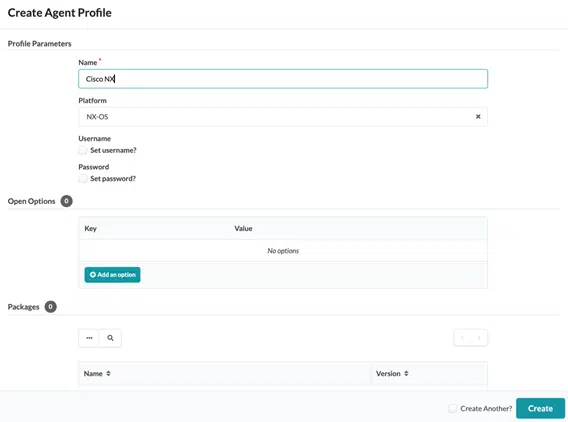
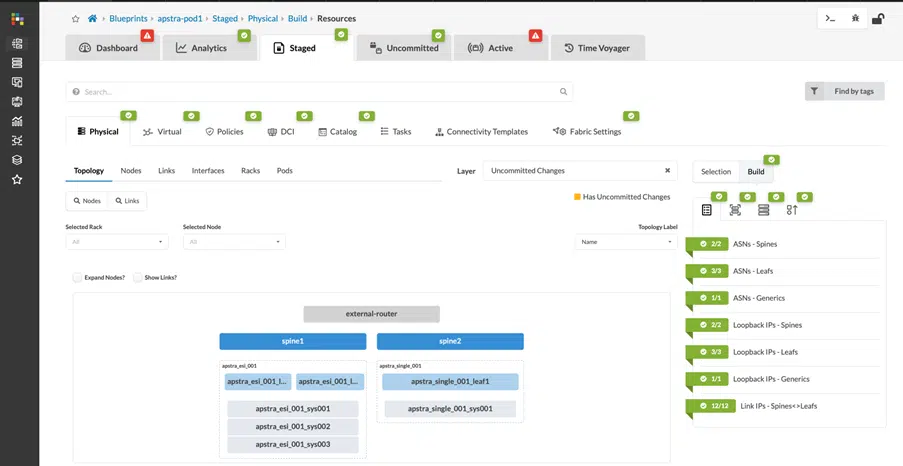
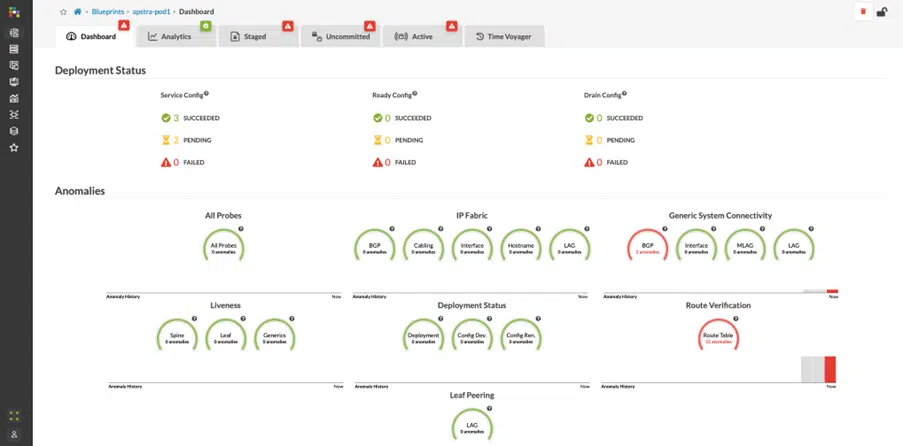
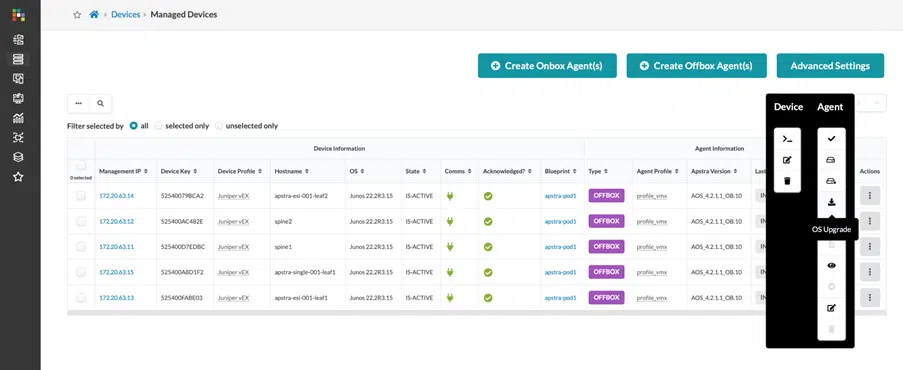
No Comments